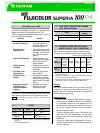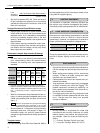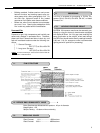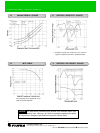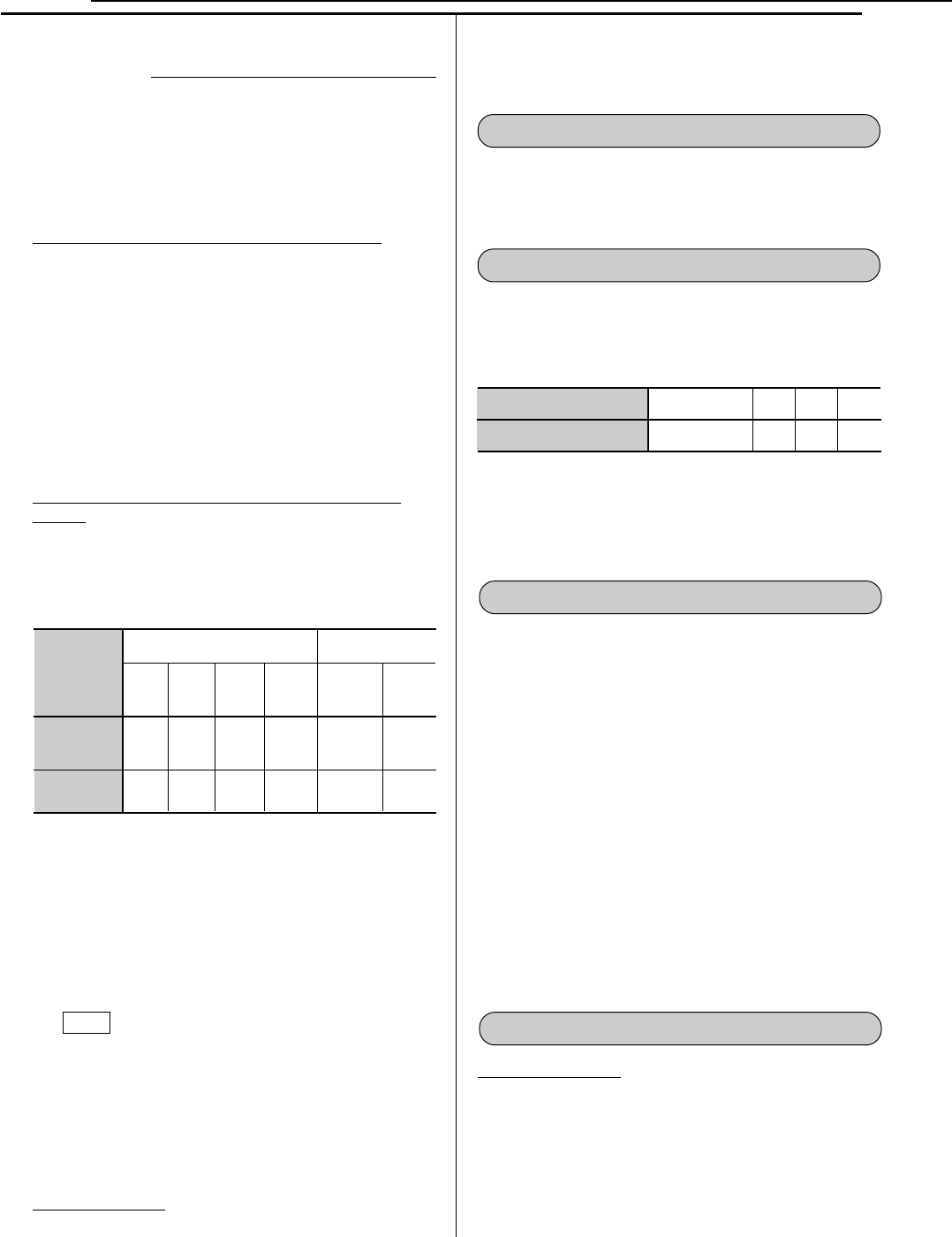
2
FUJIFILM DATA SHEET ¥ FUJICOLOR SUPERIA 100
White
(W)
10C
+1/3
Day-
light
(D)
10M
+10Y
+1/3
Cool
White
(CW)
—
—
Warm
White
(WW)
30C
+30M
+1
Deluxe
White
Mercury
+10C
+1/3
Clear
Mer-
cury
40M
+40Y
+1 1/3
Exposure Time (sec)
Exposure Corrections*
Tungsten Lamps
Fuji Light Balancing Filter LBB-12 (or Kodak No. 80A) is
1/4000 - 2 4 16 64
Unnecessary +1/3 +2/3 +1
Lamp Type
Color
Compensat-
ing Filters*
Exposure
Corrections**
Fluorescent
High-intensity
Discharge
=
¥ Set the film speed at ISO 100. Since the amount
of light reflected onto subjects from surrounding
surfaces will differ with the conditions, refer to the
flash unit instructions.
Daylight Photoflood/Photo-Reflector Lamps
¥ Daylight-type photoflood or photo-reflector lamp
output tends to be lower than that indicated by an
exposure meter, so it is advisable to compensate
for this by increasing exposure time or the lens
opening. Whenever possible, test exposures are
recommended.
¥ Other factors requiring consideration when deter-
mining the exposure time, are lamp configuration,
use duration and line voltage, as they may affect
lamp output and color balance.
Fluorescent Lamps & High-Intensity Discharge
Lamps
¥ For best results, the following combinations of
color compensating filters are recommended.
However, for exacting work, test exposures are
advisable.
* Fuji Color Compensating Filters (or Kodack CC Filters)
** Exposure Correction values include filter exposure factors.
These values are added to unfiltered exposure meter read-
ings. "+" followed by number = required increase in lens
opening.
¥ When the fluorescent lamp characteristics are un-
known, to obtain generally acceptable results, use
a 30M compensating filter and open the lens one
stop (+1).
NOTE Different compensation may be required according
to special lamp types and length of use, so test
exposures are recommended, whenever possible.
¥ Shutter speeds of 1/125 second for high-intensity
discharge lamps and 1/30 second or larger, for
fluorescent lamps, will avoid AC power-induced
changes in brightness and color being recorded on
the film.
recommended along with a 2 lens stop increase, when
using 3200 K tungsten lighting.
5. LIGHTING EQUIPMENT
The conditions of umbrellas, reflectors, diffusers and
like devices, may influence photographic light quality.
Periodically check lighting equipment for deterioration.
6. LONG EXPOSURE COMPENSATION
No exposure or color balance compensation is required
for exposures within a 1/4000 to 2 second shutter
speed range. However, for exposures of 4 seconds or
longer, provide the compensations indicated below.
* "+" followed by number = required increase in lens opening.
Except for special effects, the normal intensity ratio for
main-to-fill subject lighting should remain within 1:4
limits.
7. FILM HANDLING
¥ Expose film before the expiration date indicated on
the film package and process promptly after expo-
sure.
¥ When loading and unloading roll film, avoid direct
sunlight. If there is no shade, turning one's back
toward the sun will shade the film.
¥ Camera-loaded film should be exposed and pro-
cessed immediately.
¥ X-ray equipment, used to inspect carry-on baggage
at airport terminals, can cause film fogging. Re-
peated inspections increase this possibility, so
both exposed and unexposed films should be re-
moved for manual inspection.
¥ Film fogging may occur near X-ray equipment used
in hospitals, factories, laboratories and other loca-
tions. Always keep film away from possible
sources of radiation.
8. FILM STORAGE
Unprocessed Film
¥ Storing exposed or unexposed film under high
temperature and humidity conditions will cause
adverse speed, color balance and physical prop-
erty changes. Store film under the following con-
ditions.
¼ Ordinary Storage: Protect from heat.
¼ Long-term Storage: Below 0°C (32°F)
Lens
Aperture
(f-number)
ISO 100 Electronic Flash Guide Number
Electronic Flash-to-Subject Distance
(meters or feet)



